Ever wondered why there are so many types of hammers? While a basic hammer can drive a nail, there are specialized hammers designed for different tasks—from shaping metal to demolishing walls. Using the right hammer can make your work easier, safer, and more efficient. Let’s explore some unique types of hammers and how they are used.
1. Claw Hammer – The All-Rounder
The claw hammer is the most common hammer, found in almost every household and toolbox.
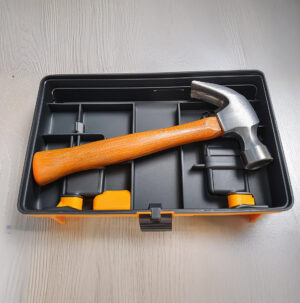
Uses:
- Driving and removing nails
- Light demolition work
- Woodworking and household repairs
Best for: DIY projects, carpentry, and general use
2. Ball Peen Hammer – The Metalworker’s Choice
Unlike a claw hammer, the ball peen hammer has a rounded end, perfect for shaping metal.
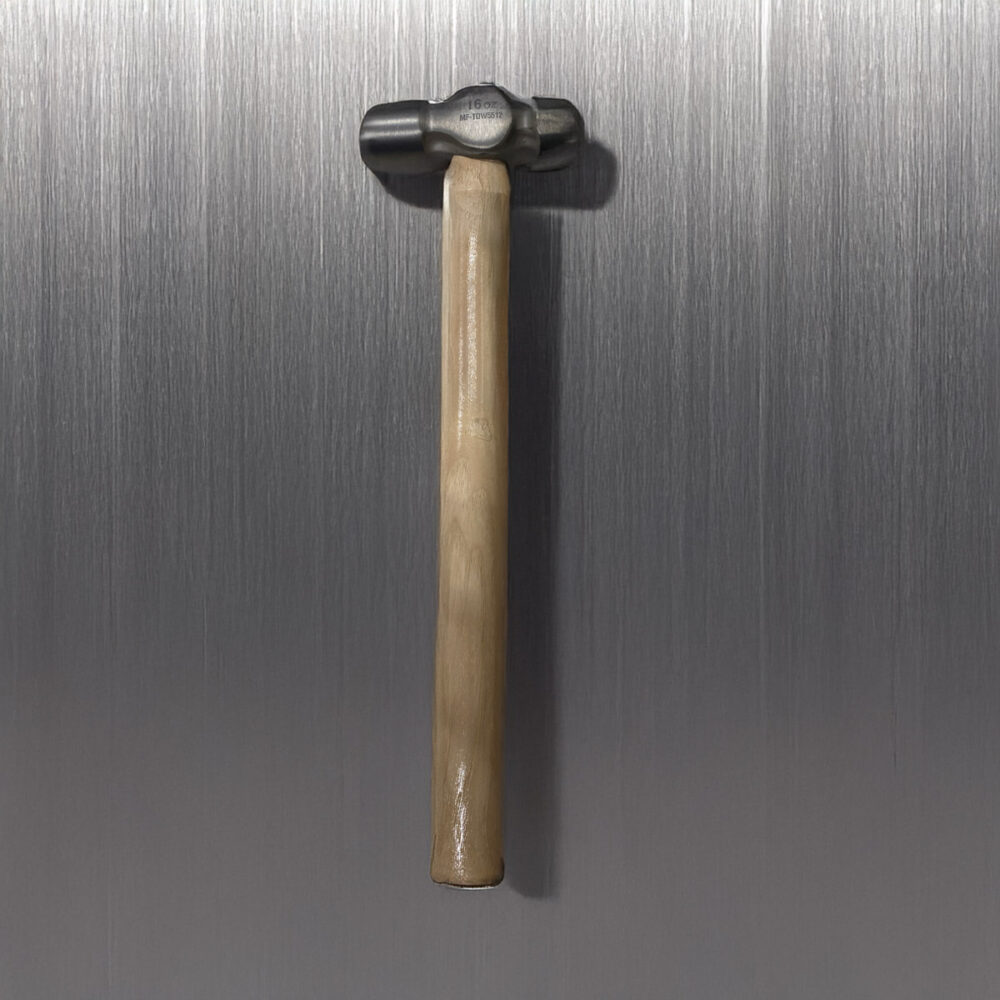
Uses:
- Shaping and smoothing metal surfaces
- Riveting and rounding metal edges
- Working with sheet metal and auto body repairs
Best for: Metalworking, blacksmithing, and machinists.
3. Sledgehammer – The Powerhouse
A sledgehammer is a heavy-duty hammer with a long handle, designed for delivering powerful blows.

Uses:
- Breaking concrete, bricks, and stones
- Driving stakes into the ground
- Demolition and construction work
Best for: Heavy demolition and construction projects.
4. Rubber Mallet – The Gentle Persuader
A rubber mallet is softer than a metal hammer, making it ideal for jobs that require force without damage.

Uses:
- Installing tiles, hardwood and laminate flooring
- Shaping soft metals without leaving marks
- Woodworking and assembling furniture
Best for: Woodworking, flooring, and delicate work.
5. Dead Blow Hammer – The Shock Absorber
This hammer has a hollow head filled with sand or metal shot to reduce rebound and deliver more force.
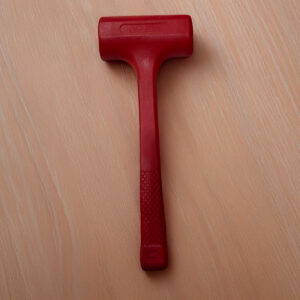
Uses:
- Reducing damage when working with metal or wood
- Minimizing bounce-back for safer hammering
- Automotive and mechanical work
Best for: Mechanics, carpentry, and precision work.
6. Framing Hammer – The Carpenter’s Best Friend
A framing hammer is a heavier version of a claw hammer with a longer handle and a milled face for better grip.
Uses:
- Driving large nails quickly
- Framing and heavy-duty carpentry
- Reducing the chance of nails slipping
Best for: Professional carpenters and framing work.
7. Tack Hammer – The Upholsterer’s Tool
A tack hammer is small and lightweight, designed for precise and delicate work.
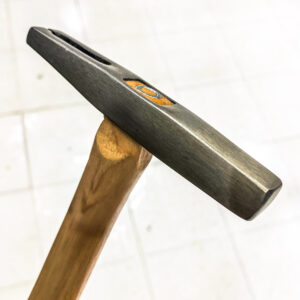
Uses:
- Driving small tacks and nails
- Upholstery and furniture restoration
- Attaching fabric or leather to wood
Best for: Upholstery, crafting, and small-scale woodworking.
8. Cross Peen Hammer – The Blacksmith’s Assistant
With a wedge-shaped end, the cross peen hammer is excellent for shaping metal.
Uses:
- Drawing out metal in blacksmithing
- Riveting and metal shaping
- Woodworking, especially for driving small nails
Best for: Blacksmithing, metalworking, and woodworking.
9. Roofing Hammer – The Roofer’s Essential
A roofing hammer has a specialized claw for cutting shingles and a magnetized head for holding nails.
Uses:
- Installing and removing roofing shingles
- Driving roofing nails
- Cutting and adjusting materials on the roof
Best for: Roofers and home improvement projects.
10. Rock Hammer – The Geologist’s Pick
A rock hammer has a pointed end for breaking stones and a flat face for driving chisels.
Uses:
- Breaking and shaping rocks
- Collecting and analyzing geological samples
- Excavation and fossil hunting
Best for: Geologists, archaeologists, and fossil hunters.
Choosing the Right Hammer for the Job
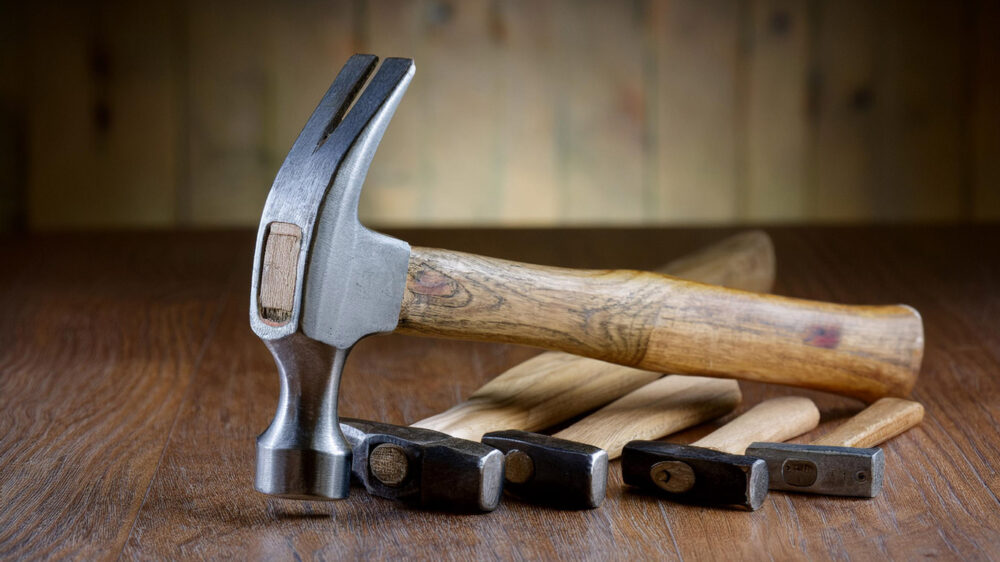
Using the wrong hammer can make a job harder or even dangerous. Here are a few quick tips:
- For household repairs: A claw hammer is usually all you need.
- For metalworking: A ball peen or cross peen hammer is best.
- For demolition: Use a sledgehammer or dead blow hammer.
- For precision work: A tack hammer or rubber mallet works well.
By selecting the right hammer, you’ll get the job done more efficiently and with better results. So next time you pick up a hammer, make sure it’s the right one for the task!
Leave a Reply